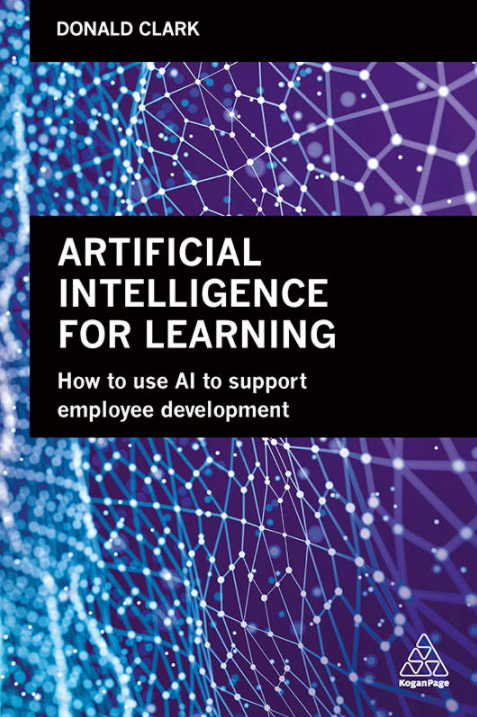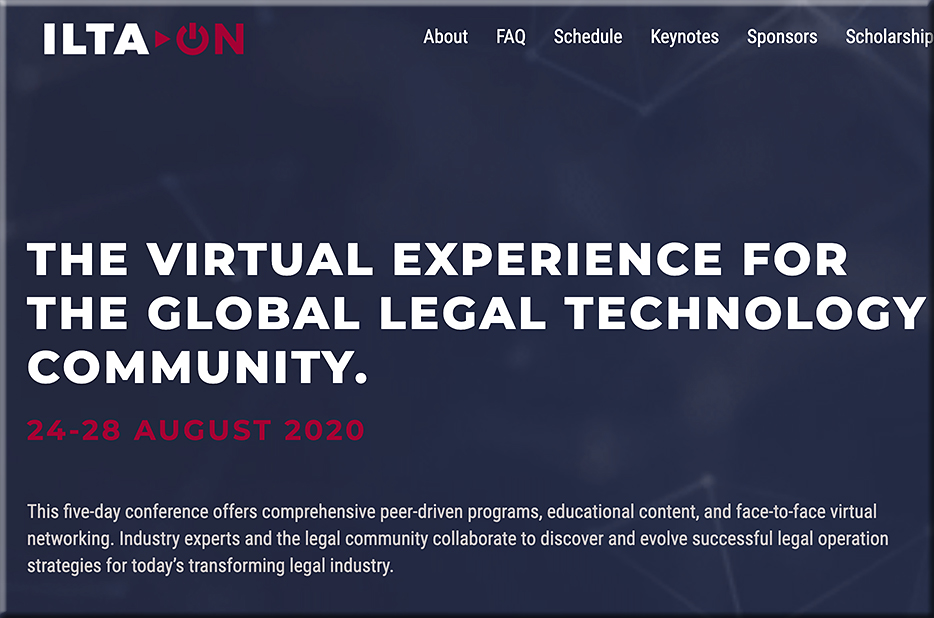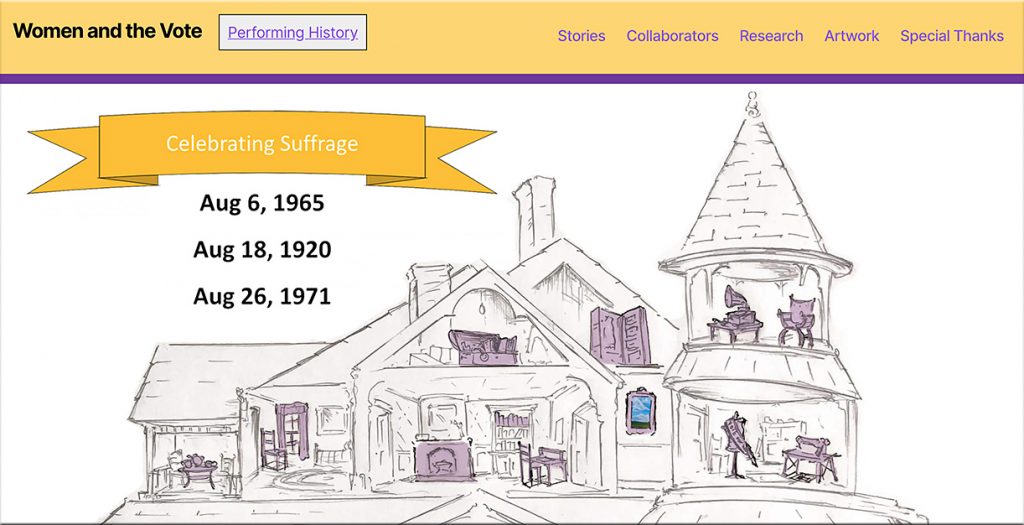Arizona is first state to eliminate ban on nonlawyer ownership of law firms — from lawsitesblog.com by Bob Ambrogi
The future of the academic work force — from chronicle.com
How will the pandemic change the way higher education works?
Excerpt:
Heading into a fall in which the pandemic shows no signs of abating, we asked administrators, professors, grad students, and university staff to peer around the corner and speculate about how the coronavirus will change the academic work force. What has the pandemic revealed about the campus workplace — and how will that change it going forward? What jobs will be most in demand? Which roles are most imperiled? What sort of shared governance will survive the pandemic? When this is all over, what should the composition of university work forces look like?
Big 4 as the next legal disruptor: Is it game over? — from legaltechmonitor.com by Stephen Embry
Excerpt:
One of the more fascinating keynotes at this week’s ILTA virtual conference was a panel discussion among three representatives of the big four accounting firms: Peter Krakaur, Managing Director of EY Law, Mark Ross, Principal, Deloitte, and Juan Crosby, PWC NewLaw Services Leader. The title of the talk was Legal’s Next Disruptor? Demystifying the Big 4. Or as I put it before, is the Big 4 the proverbial big bad wolf?
Also see:
Friday happenings at the ILTA-ON* Virtual Conference: eDiscovery Trends — from
Excerpt:
As I discussed last week (and have discussed all this week as well), the International Legal Technology Association’s (ILTA) annual conference has gone virtual this year and ILTA>ON has been running throughout the week.
The Great Online Migration and Curricular Materials Product-Market Fit — from eliterate.us by Michael Feldstein
Excerpts:
Third, COVID-19 will accelerate the need of colleges and universities to find ways of continuing to serve their graduates for 20 or 40 years rather than for two or four. Quite simply, they will need revenue at a time when the pace and breadth of reskilling needs in the workplace is accelerating. These students will need online or blended educational experience, which will mean that more instructors will be called upon to teach using new modalities.
…
Major changes in the market
This shift online will drastically shift approaches to curricular materials at both the individual instructor and the institutional levels.
…
Meanwhile, institutions will face two pedagogy-related challenges. First, they will have to work very hard to retain students who are under increased financial stress and may struggle in an online environment more than they would in a residential program. Since the colleges will also be under financial stress, they will need to retain every student possible. They will no longer have the luxury of simply letting faculty teach however they like and accepting that some of them are not good at helping their students to succeed.
From the Coronavirus Updates out at The Chronicle of Higher Education
5:33 p.m. Eastern, 8/18/2020
Michigan State Moves Fall Term Online, Asks Students to Stay Home
Michigan State University is taking the fall semester entirely online, reversing its plan to hold some classes in person, the university’s president, Samuel Stanley, announced on Tuesday. Stanley said the university was asking students who had planned to live in residence halls to stay home.
“Given the current status of the virus in our country — particularly what we are seeing at other institutions as they repopulate their campus communities — it has become evident to me that, despite our best efforts and strong planning, it is unlikely we can prevent widespread transmission of Covid-19 between students if our undergraduates return to campus,” Stanley wrote.
The president seemed to be alluding to spikes of Covid-19 at campuses like the Universities of North Carolina at Chapel Hill and Notre Dame, both of which have moved operations online (for the rest of the fall semester in Chapel Hill, temporarily at Notre Dame). —Andy Thomason
First They Came for Adjuncts, Now They’ll Come for Tenure: And who will be left to stop them? — from chronicle.com by Ed Burmila
Excerpts:
If, by their own accord or by caving to outside political pressures, university administrators take the current crisis as an opportunity to eliminate tenure once and for all, who’s going to stop them?
Put another way: Are there enough academic workers with a stake in the tenure system left to defend it?
…
As go the adjuncts and the nonacademic staff today, so go the tenured faculty tomorrow.
It is in the interest of tenured faculty to fight for their non-tenure-track colleagues. But the key question, as The Chronicle’s Emma Pettit asks, is: Will it be too little too late? When contingent labor protested for years about poor working conditions, it did not find many allies willing to fight alongside it. Now the roles are reversed: Tenured faculty will soon need the rest of the profession to help fight attempts to erode tenure.
Addendum on 8/20/20:
Higher ed group offers ideas for supporting contingent faculty — from educationdive.com by Hallie Busta
Dive Brief:
- Support for non-tenure-track faculty members continues to be a concern amid pandemic-related cutbacks and pushback over how some campuses plan to reopen.
- A faculty industry group this week put out a list of principles and recommendations for institutions to protect those instructors, calling for them to get paid sick leave, unemployment benefits, and extended access to rehire or promotion opportunities.
- The ideas come as calls for greater shared governance grow across the sector in light of the ongoing health crisis.
University Research: A Time of Disparate Change — from insidehighered.com by Peter Schiffer and Jay Walsh
During the pandemic, the research ecosystem has undergone a complex transformation, which will necessitate a multifaceted response
Excerpts:
At the present moment, however, roughly four months from when campuses were largely emptied across the United States, university scholars have vastly different experiences both behind them and ahead of them.
…
Each of these global shifts by themselves would be considered transformational to university research in a normal time. That they are happening during a global reckoning with the realities of racism, and along with the social upheaval of the pandemic, makes them all the more profound.
Joining host @DanLinna, @MISupremeCourt Chief Justice @BridgetMaryMC details the “unexpected upsides” of the global pandemic, like opportunities for greater access to justice, better litigant experiences, and less hassle for lawyers #A2J #legaltech https://t.co/J495CLj3iW
— Legal Talk Network (@LegalTalkNet) August 5, 2020
The Spanish Flu to Covid-19: How this Pandemic is Pushing Courts to Modernize — from legaltalknetwork.com by Bridget Mary McCormack and Daniel Linna
Episode notes:
Even before the global pandemic, Michigan courts were moving more quickly than many others to modernize. Michigan Chief Justice Bridget Mary McCormack talks with host Dan Linna about accelerating the state’s plans to offer online hearings, online dispute resolution, and to continue efforts to establish e-filing statewide.
Not everything is going smoothly, but McCormack notes some judges are almost current on their dockets. And importantly, she believes that many temporary quick fixes will lead to permanent changes that improve access to justice statewide and increase public trust in the judicial branch.















